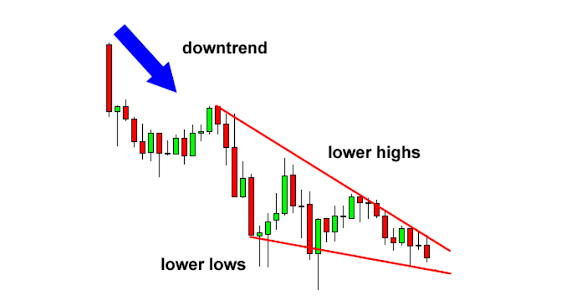Classic Doji Chart Pattern: A Comprehensive Guide for Traders
Candlestick charts are one of the most popular tools used by traders to analyze market trends and make trading decisions. Among the many candlestick patterns, the classic doji pattern is a significant one that signals potential market reversals. In this article, we will explore what the classic doji chart pattern is, how to identify it, and what it means for traders.
What is the Classic Doji Chart Pattern?
The classic doji chart pattern is a single candlestick formation that appears when the opening and closing prices of an asset are almost identical. The doji candlestick has a small or non-existent body, with upper and lower wicks or shadows that are significantly longer than the body. This pattern indicates indecision in the market, with neither the bulls nor the bears being able to establish dominance during the trading session.
Identifying the Classic Doji Chart Pattern
To identify the classic doji chart pattern, traders need to look for the following characteristics:
1. The opening and closing prices are almost the same, resulting in a small or non-existent body.
2. The upper and lower shadows or wicks are significantly longer than the body.
3. The color of the candlestick is not important, as the pattern can appear in both bullish and bearish markets.
Types of Classic Doji Chart Patterns
There are four types of classic doji chart patterns that traders should be aware of:
1. Neutral doji: This is the most common type of classic doji pattern, where the opening and closing prices are nearly identical, and the upper and lower shadows are of similar lengths.
2. Long-legged doji: This type of classic doji pattern has longer upper and lower shadows, indicating a larger trading range during the session.
3. Gravestone doji: This type of classic doji pattern has a long upper shadow and little or no lower shadow, indicating that the sellers controlled the market during the session.
4. Dragonfly doji: This type of classic doji pattern has a long lower shadow and little or no upper shadow, indicating that the buyers controlled the market during the session.
What the Classic Doji Chart Pattern Indicates for Traders
The classic doji chart pattern is an important signal for traders as it indicates that the market is in a state of indecision and a potential reversal may be on the horizon. However, traders should not rely solely on the classic doji pattern but should look for additional confirmation signals to make informed trading decisions.
Here are some possible scenarios that the classic doji chart pattern may indicate:
1. Reversal: If the classic doji pattern appears after a prolonged trend, it may indicate that the trend is losing momentum, and a reversal may occur.
2. Continuation: If the classic doji pattern appears during a trend, it may indicate that the trend will continue.
3. Consolidation: If the classic doji pattern appears in a range-bound market, it may indicate that the market is consolidating and may break out in either direction.
Tips for traders when using the classic doji chart pattern
While the classic doji chart pattern can be a useful tool for traders, there are some additional tips to keep in mind when using it in trading strategies.
1. Look for confirmation signals: As mentioned earlier, traders should not rely solely on the classic doji pattern but should look for additional confirmation signals to make informed trading decisions. This could include other candlestick patterns, technical indicators, or volume analysis.
2. Consider the context: Traders should also consider the context of the classic doji pattern when making trading decisions. For example, a classic doji pattern in a strong uptrend may not necessarily indicate a reversal, but rather a temporary pause before the trend continues.
3. Use proper risk management: As with any trading strategy, proper risk management is essential when using the classic doji pattern. Traders should always set stop-loss orders and be prepared to exit positions if the trade doesn't go as expected.
4. Use multiple time frames: Traders should also consider using multiple time frames when analyzing classic doji patterns. For example, a classic doji pattern on a 5-minute chart may not be as significant as a classic doji pattern on a daily chart.
5. Practice with a demo account: Before using the classic doji pattern in live trading, traders should practice with a demo account to become familiar with how it works and how to use it in their trading strategies.
Conclusion
In conclusion, the classic doji chart pattern is a significant tool for traders to identify potential market reversals and make informed trading decisions. Traders should be aware of the four main types of classic doji patterns and the possible scenarios they may indicate. However, traders should always look for additional confirmation signals before making any trading decisions. By using the classic doji chart pattern in combination with other technical indicators, traders can make informed trading decisions and improve their chances of success in the markets.










